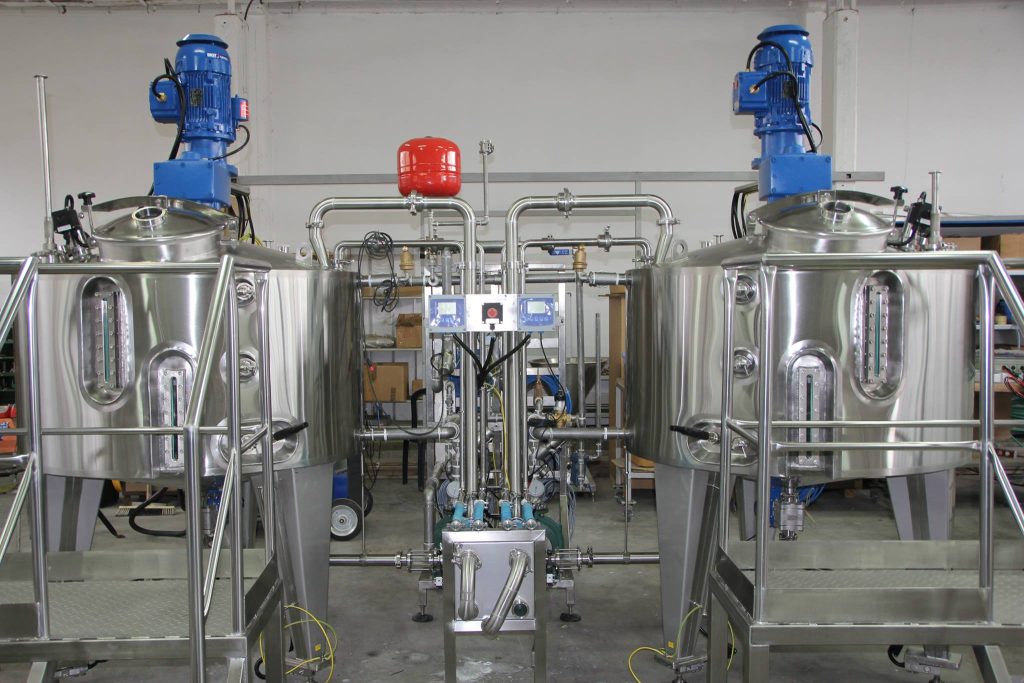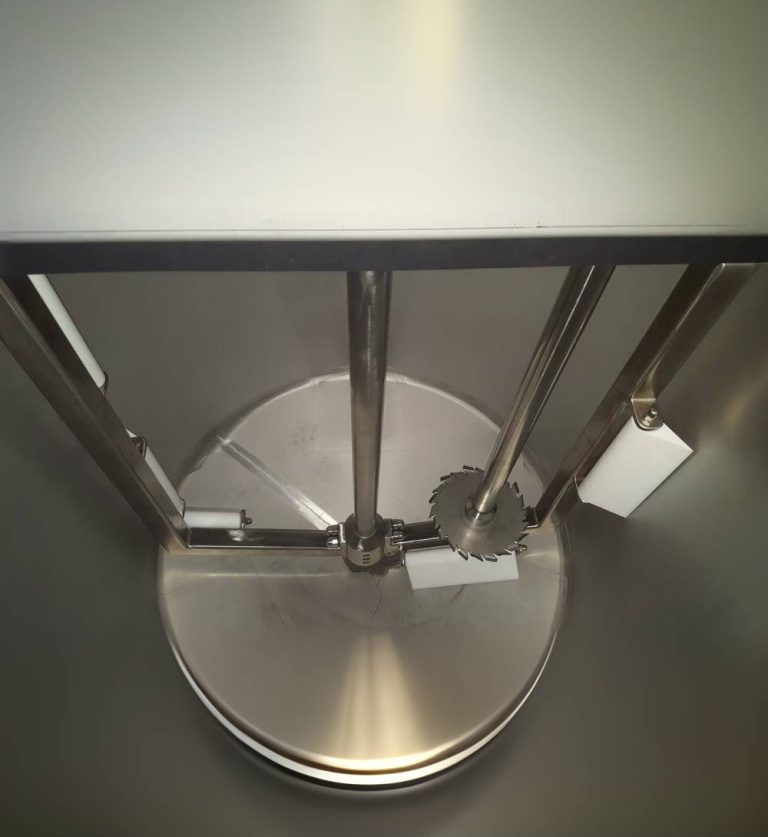導入

化学薬品混合タンクは、物質の正確な混合が求められる工業プロセスに不可欠です。これらのタンクの安全性を確保することは、事故を防ぎ、作業員と環境の両方を保護するために最も重要です。このブログでは、化学薬品混合タンクの安全機能の重要性について詳細に検討し、重要な考慮事項、ベスト プラクティス、ケース スタディを紹介します。
Importance of Safety Features
Design Considerations for Safety
Proper design is crucial to the safety of chemical mixing tanks. Tanks should be designed with robust features such as double-walled construction, reinforced seams, and appropriate sizing to prevent leaks, spills, and structural failures. Design considerations also include access points for maintenance and inspection, ensuring that any potential issues can be promptly addressed without compromising safety.
材料の選択
Choosing the right materials for chemical mixing tanks is essential to withstand the corrosive nature of chemicals and prevent contamination of the substances being mixed. Materials such as stainless steel, fiberglass, and high-density polyethylene (HDPE) are commonly used due to their durability, chemical resistance, and suitability for various chemical compositions and temperatures.
Safety Controls and Monitoring Systems
Advanced safety controls and monitoring systems play a crucial role in enhancing the safety of chemical mixing operations. These systems include sensors for temperature, pressure, and chemical levels that provide real-time data to operators. Automated shutdown mechanisms can prevent overflows or leaks by stopping operations when unsafe conditions are detected. Regular maintenance and calibration of these systems are essential to ensure their reliability.
Key Safety Features
Emergency Ventilation and Neutralization Systems
In the event of a chemical spill or release, emergency ventilation systems ensure the safe dispersal of hazardous fumes to prevent health risks to personnel and mitigate environmental impact. Neutralization systems are designed to chemically treat spills on-site, minimizing the spread of hazardous substances and facilitating safe cleanup procedures.
Secondary Containment Measures
Secondary containment systems are critical for containing spills and leaks that may occur within chemical mixing tanks. These systems, such as bunds, dikes, or secondary basins, provide an additional layer of protection to prevent contaminants from reaching the environment. Regular inspection and maintenance of secondary containment measures are essential to ensure their effectiveness.
Safety Training and Protocols
Proper training of personnel involved in chemical mixing operations is essential to ensure safe handling practices and emergency response protocols. Training programs should cover chemical hazards, tank operation procedures, use of personal protective equipment (PPE), and emergency shutdown protocols. Regular safety drills and refresher courses help reinforce safety practices and ensure that personnel are prepared to respond effectively in emergencies.
Case Studies and Best Practices

Case Study: Effective Implementation of Safety Features
Examining case studies where comprehensive safety features have been successfully implemented can provide valuable insights and lessons learned. Case studies may include examples of incident prevention, effective emergency response, and continuous improvement initiatives in safety protocols and equipment.
結論
Ensuring the safety of 化学薬品混合タンク requires a holistic approach that includes robust design, appropriate material selection, advanced safety controls, and comprehensive training. By implementing these safety features and best practices, industries can minimize risks to personnel, protect the environment, and maintain compliance with regulatory standards.
よくある質問
Q: What are the primary safety considerations when designing 化学薬品混合タンク?
A: Key considerations include robust design to prevent leaks and spills, appropriate material selection for chemical compatibility, and safety features such as emergency ventilation and monitoring systems.
Q: How can advanced monitoring systems enhance safety in chemical mixing operations?
A: Advanced systems provide real-time data on temperature, pressure, and chemical levels, allowing operators to detect abnormalities early and take corrective actions to prevent accidents.
Q: Why is secondary containment important for 化学薬品混合タンク?
A: Secondary containment systems provide an additional layer of protection against spills and leaks, preventing environmental contamination and ensuring compliance with regulatory requirements.

